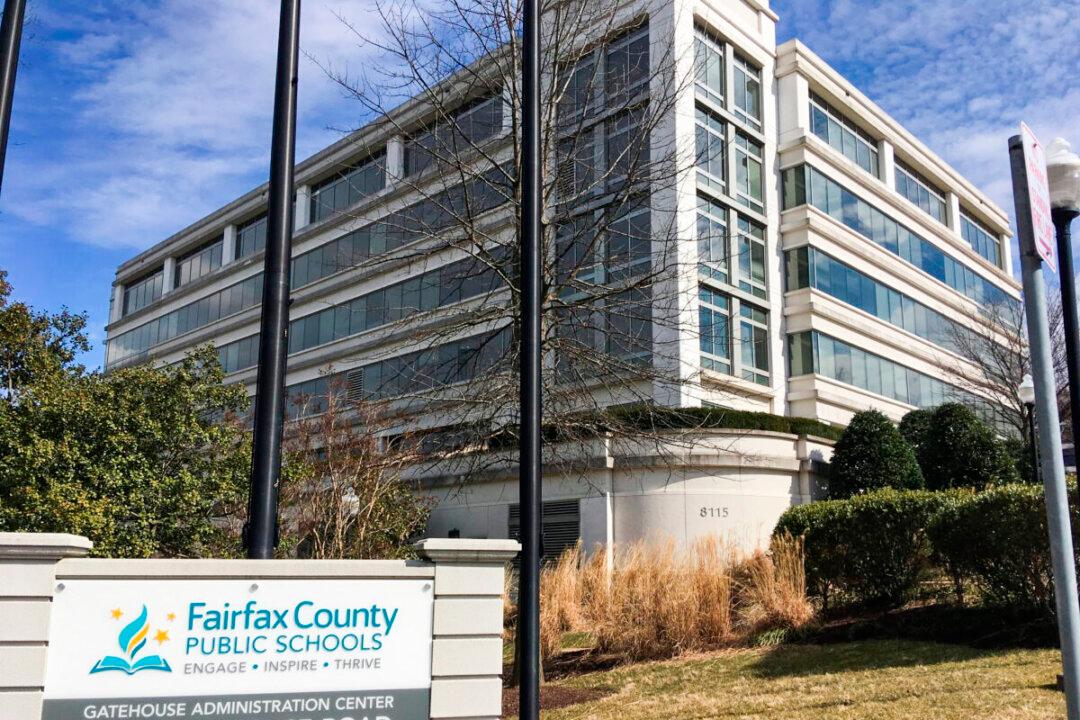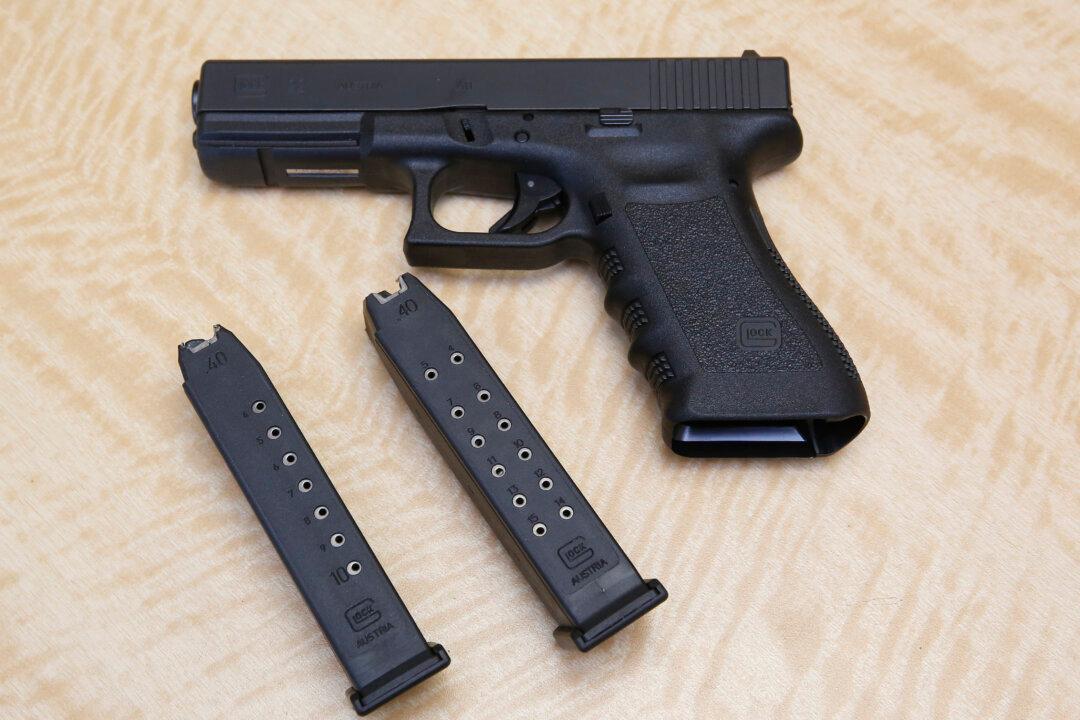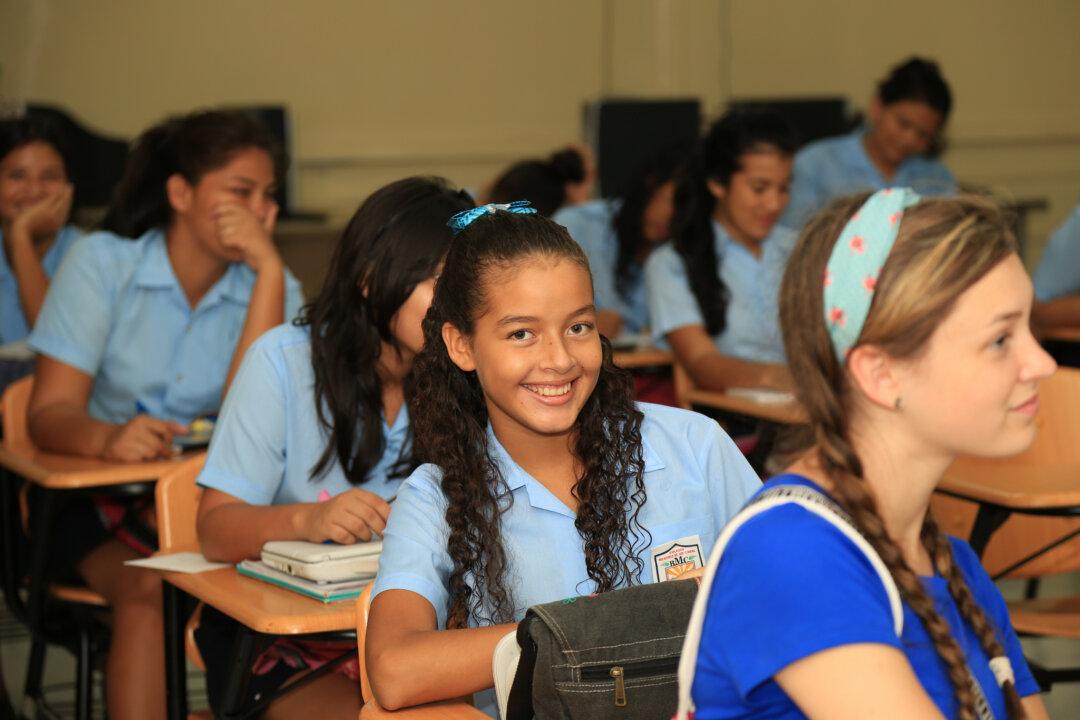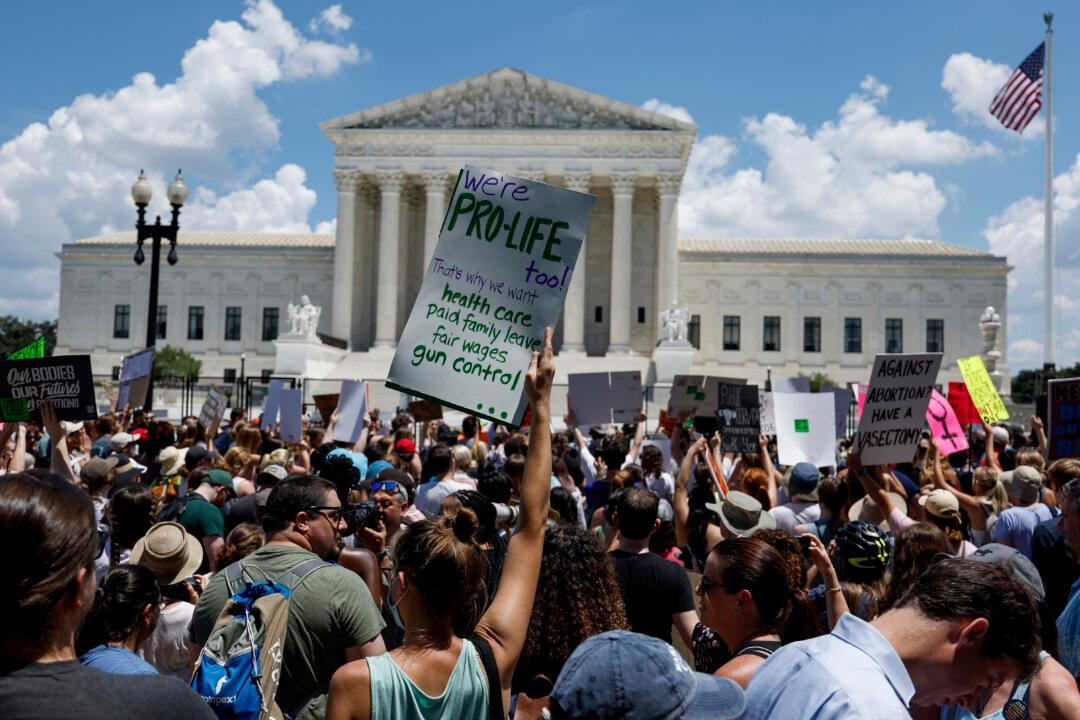A Virginia mother has decided to take legal action against Fairfax County Public Schools because she believes the district did not take the assault and battery of her son seriously or do enough to keep him safe after he suffered physical and emotional injuries.
Taylor Brock’s son, a seventh grader, was assaulted on the school bus by a female student.





